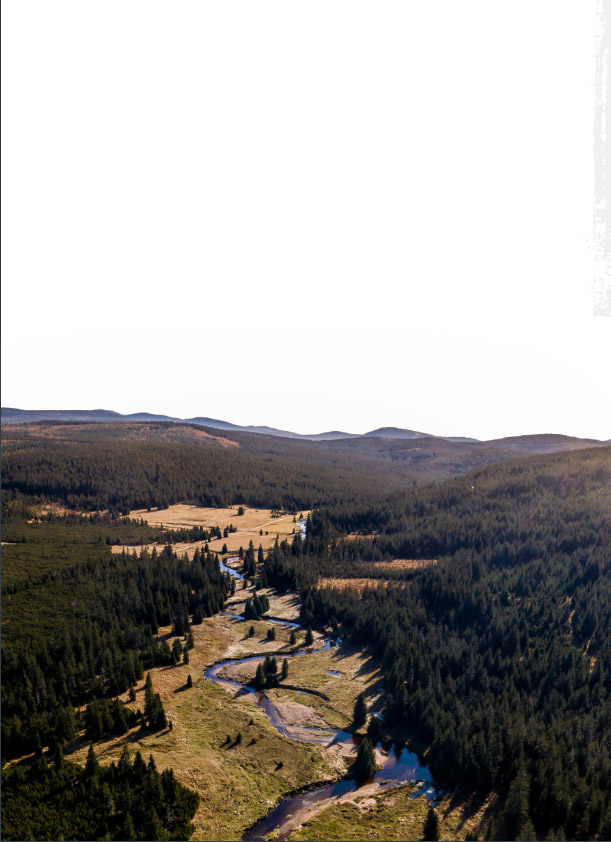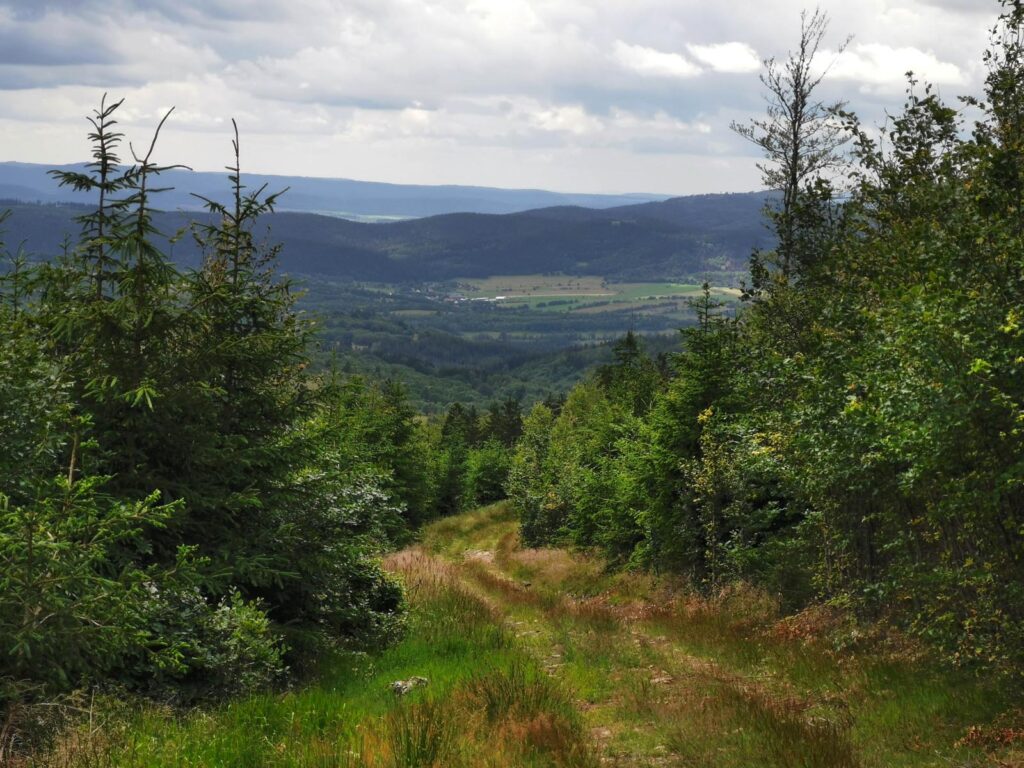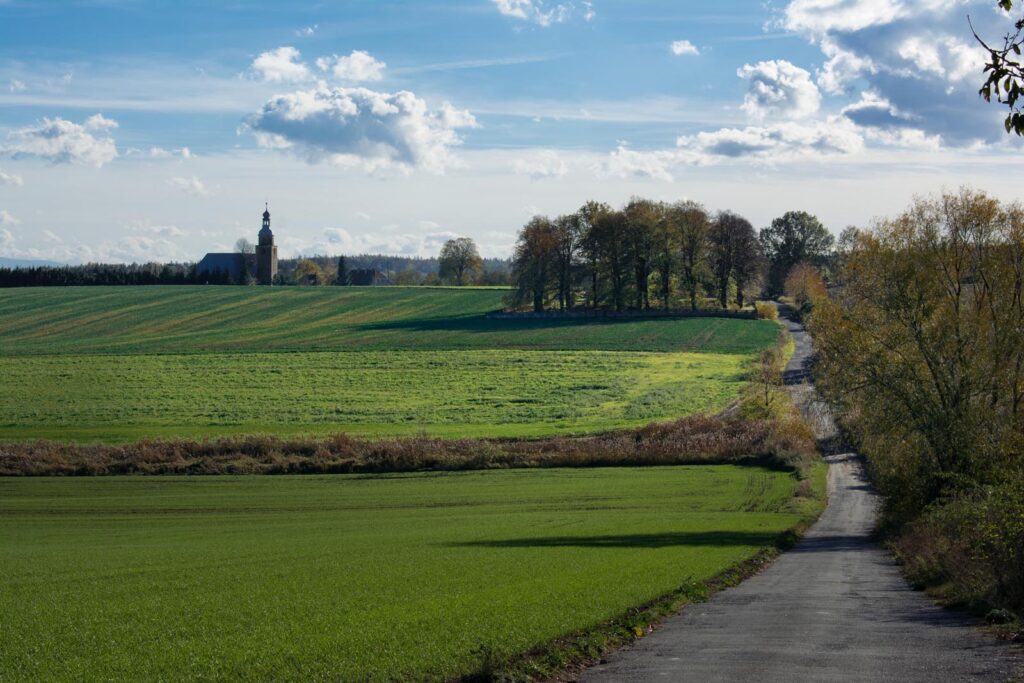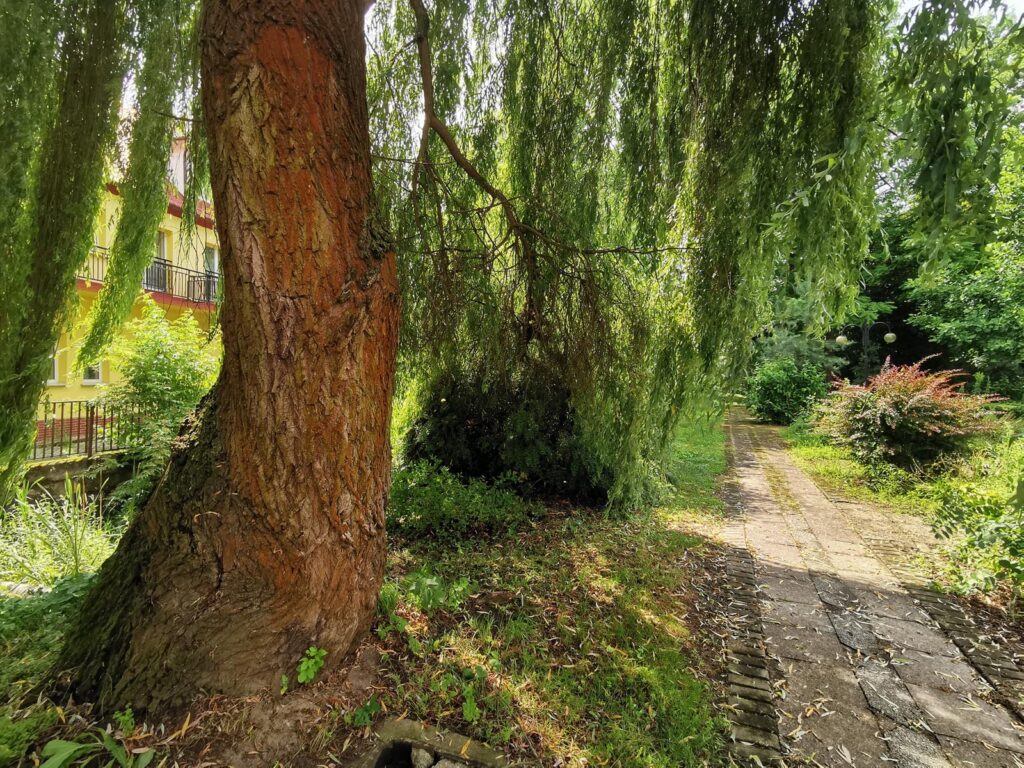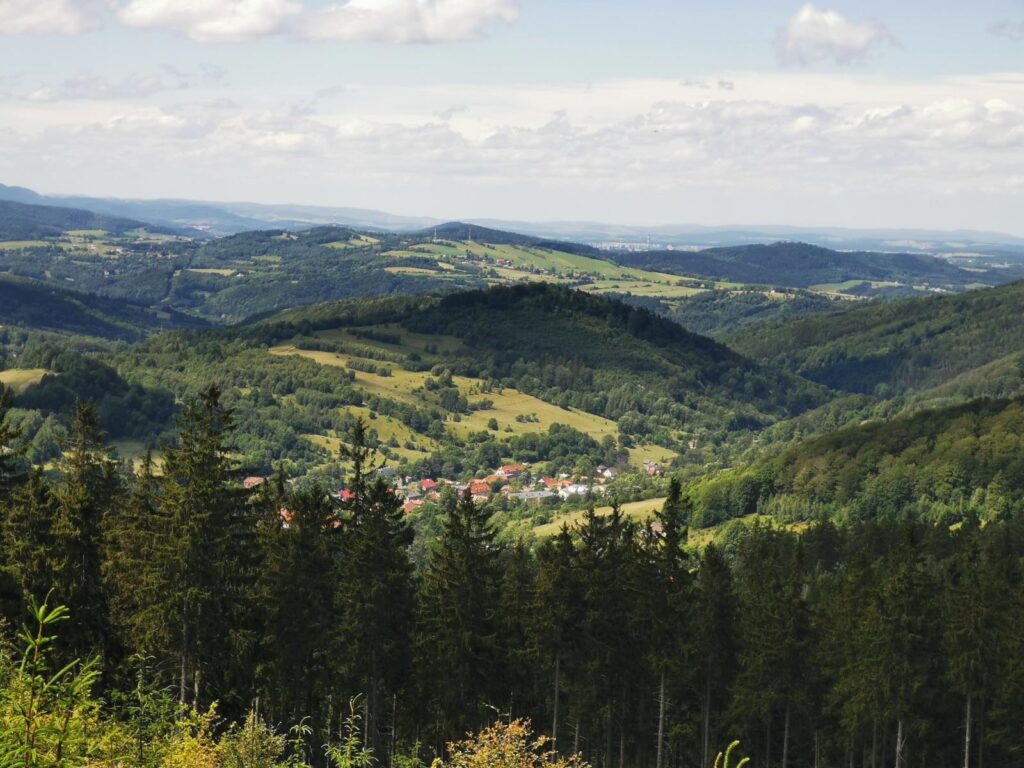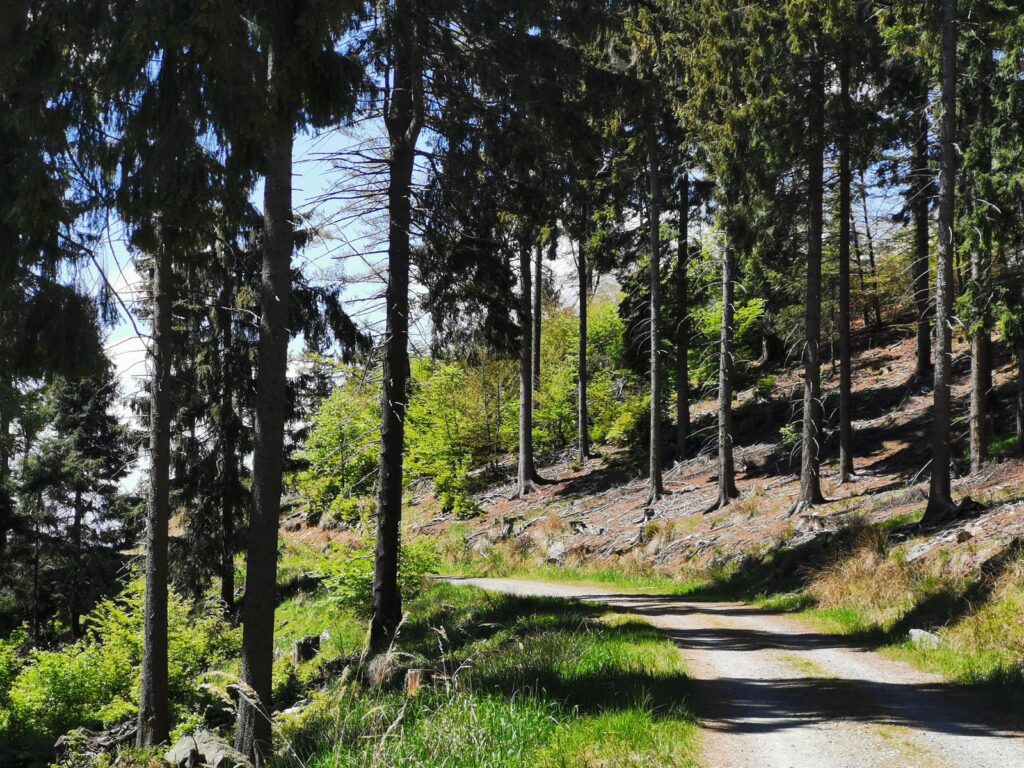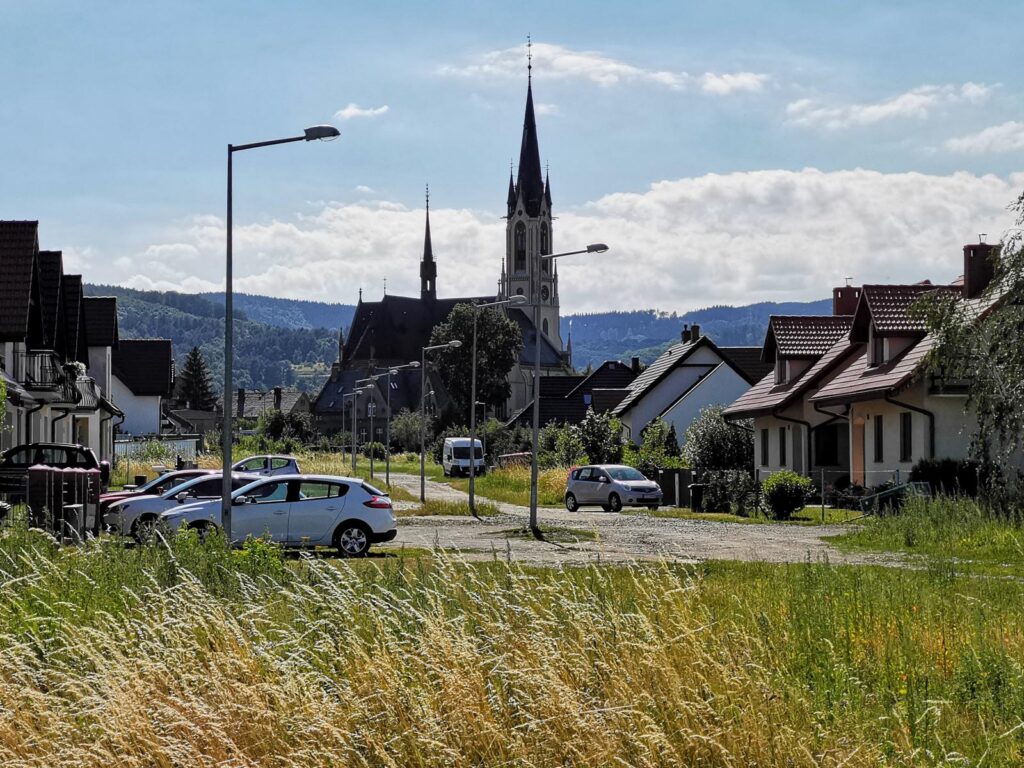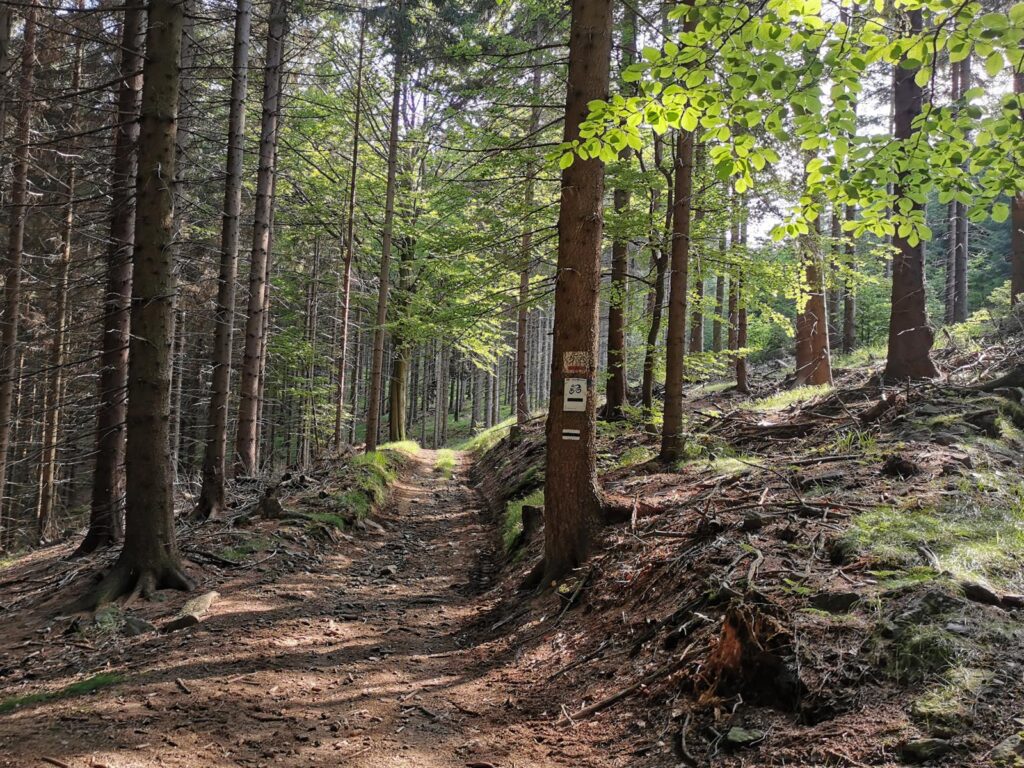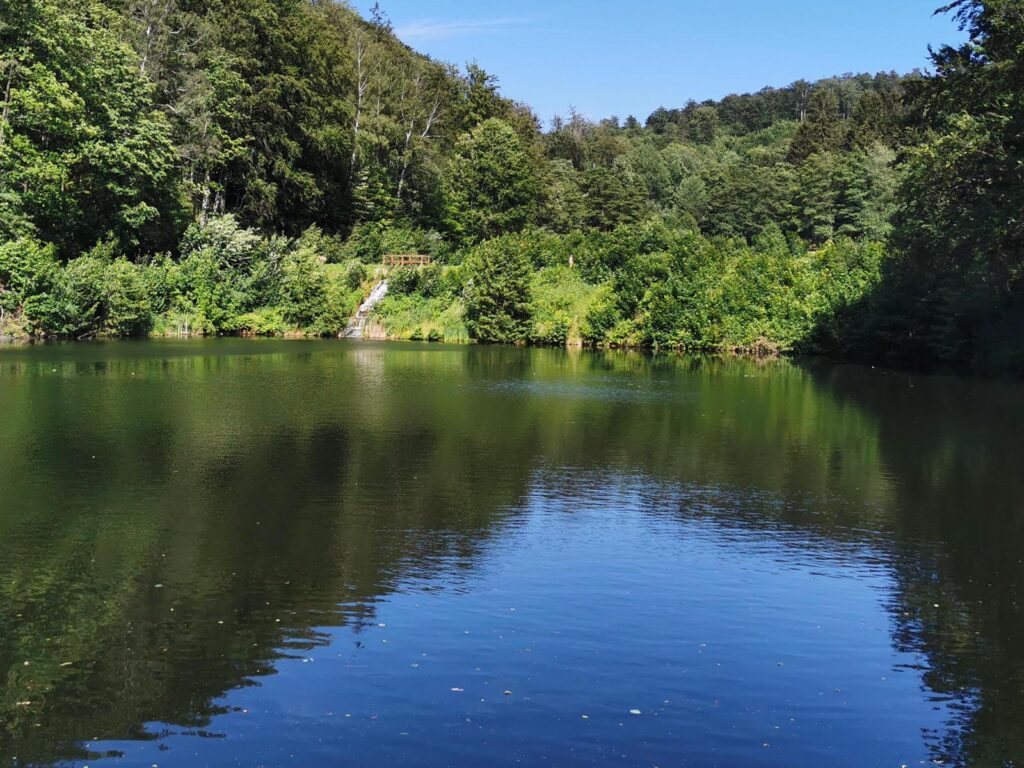
The Sowie Mountains and the Strzelin Hills
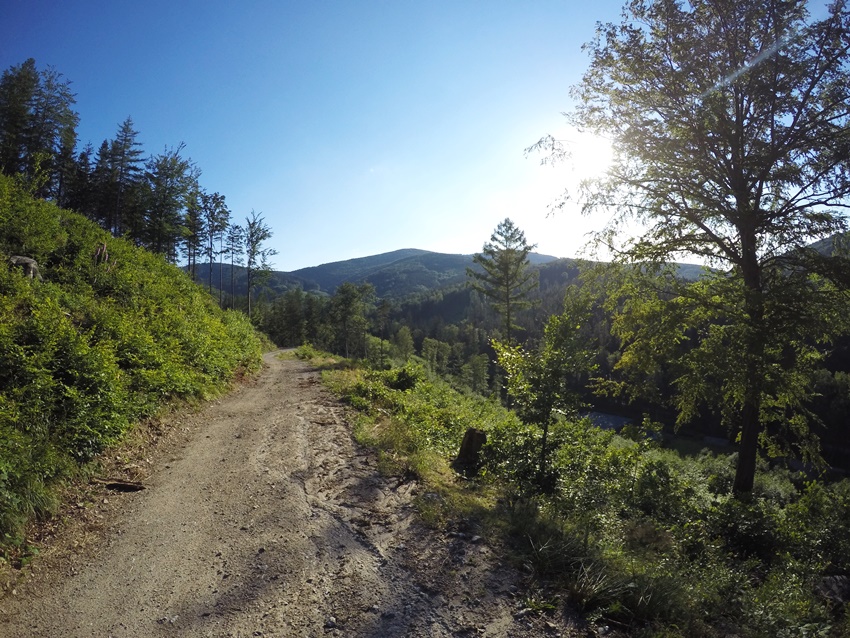
Being in the Sowie Mountains be sure to visit the lookout tower on The Great Owl (Wielka Sowa), the highest peak of the range rising to a height of 1015 m.
The Sowie Mountains
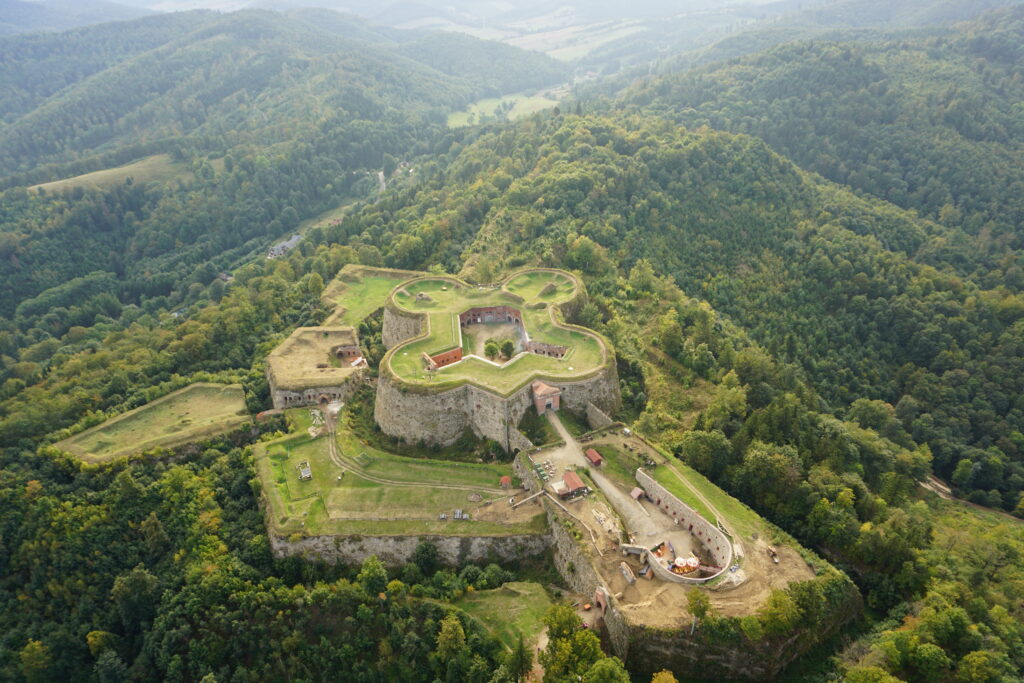
Similarly imposing are Walim Adits which also were a part of the ‘Riese’ project. The ‘Little River’ (‘Rzeczka’) complex consists of 500 m of corridors with impressive halls hiding the deepest obscurities of World War II: prisoners from the Gross Rosen camp were used to build them and most of them died of inhuman working conditions, diseases and hunger.
Project Riese
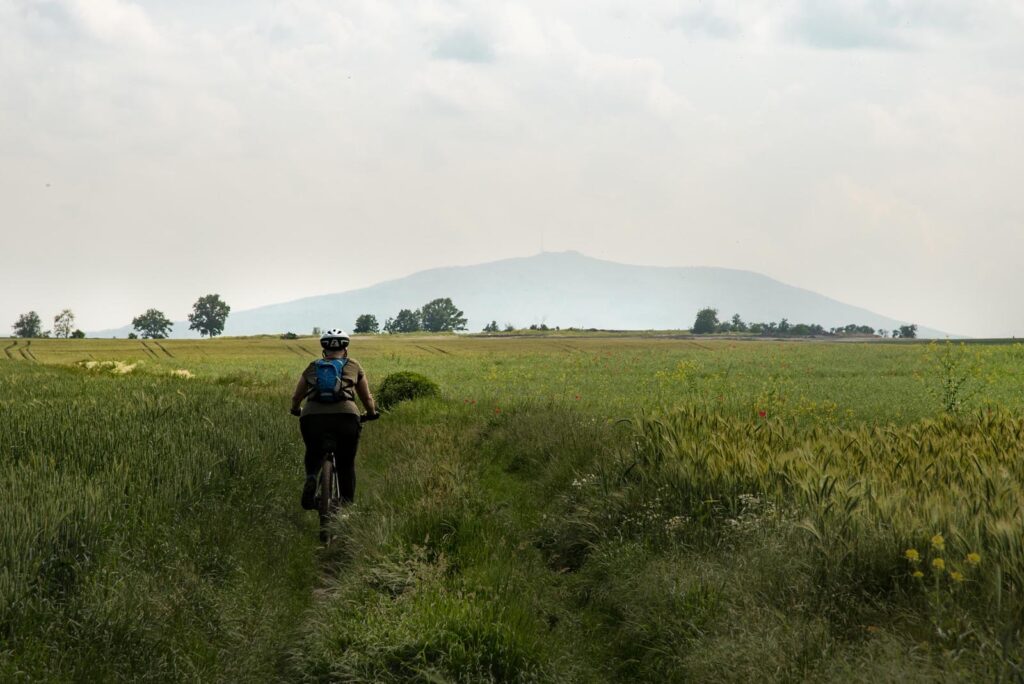
The Sleza Mountain, rising above the surrounding area at 718 meters above sea level, is located about 30 km southwest of Wroclaw.

